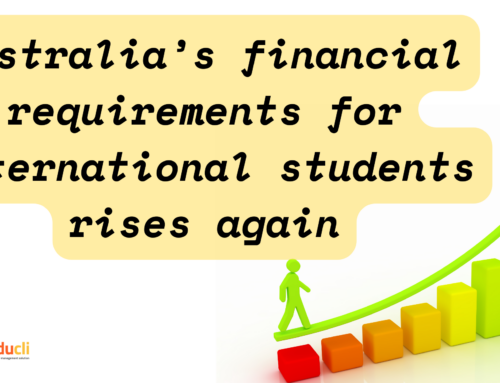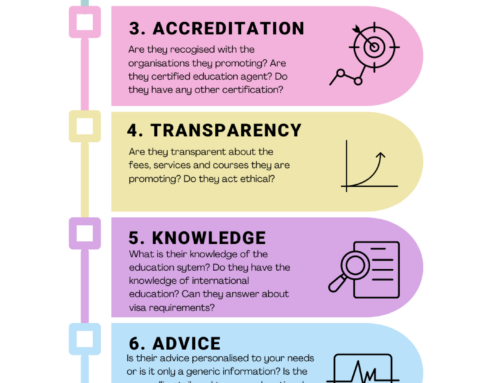Key points:
- Australia introduces stricter regulations for international education.
- Post-study work rights were restricted.
- Higher financial requirements for student visa applicants.
- Introduction of an updated “Genuine Student Test”
- Higher English language prerequisites for visas.
- Slower visa processing for “high-risk” education providers.
Our Analysis:
The Australian government announced major reforms in its Migration Strategy on 11 December 2023. This overhaul of the country’s migration system underscores “a decade-long recovery plan for a system which was “severely compromised.”” Dr. Martin Parkinson’s review said.
This strategic shift will notably affect the international education sector, a vital contributor to Australia’s economy, valued at AUS$30 billion annually in 2023.
Despite no caps on international student numbers, new regulatory measures are set to make visa acquisition more challenging, especially for applicants deemed non-genuine. Financial thresholds for visa applications have been increased by 17%, now at AUS$24,505. Additionally, policies like reduced post-study work rights are expected to limit the duration of international students’ stay in Australia.
The overarching goal is to reform Australia’s migration system into a robust, nation-building mechanism. The strategy targets reducing migration levels, with projections of halving Australia’s net migration within two years, according to The Sydney Morning Herald.
Home Affairs Minister Clare O’Neil emphasizes restoring integrity in the migration system, with expected declines in migration numbers. Key to these reforms is enhancing the quality and integrity of international education.
The strategy outlines eight key actions, including:
- Stricter English language requirements.
- Increased scrutiny of high-risk student applications.
- A crackdown on unscrupulous education providers.
- Enhanced student visa integrity measures.
- Stricter requirements for education providers.
- Measures to prevent visa hopping.
- Reforms in Temporary Graduate visas to combat “permanent temporariness.”
According to Education Minister Jason Clare, a new “student visa integrity unit” will have an initial funding of AUS$19 million. The pandemic’s impact on the education sector, especially due to border closures, has been substantial. The rapid policies implemented post-pandemic to re-attract students inadvertently allowed loopholes for non-genuine students and unscrupulous providers.
The new “Genuine Student Test” aims to filter genuine students, with implications for high-risk providers, including potential slower visa processing. The Parkinson review also sheds light on the trend of students extending their stay through multiple courses and visas, often leading to “permanent temporariness.”
Significant changes include:
- Adjustments in post-study work rights.
- Revised limits on the Temporary Graduate visa.
- Prospects for graduates in skilled jobs to obtain faster permanent residency paths.
Additionally, in early 2024, the government plans to increase English-language proficiency requirements for various visa categories.
These reforms resonate with similar trends in Canada and the UK, where governments are shifting from encouraging growth in international student numbers to scrutinizing their potential contributions to the workforce and society.
Conclusion
Australia’s new Migration Strategy marks a significant shift in the landscape of international education and migration. While focusing on the integrity and quality of its education system, these changes pose new challenges for international students aspiring to study, work, and settle in Australia. As countries like Australia, Canada, and the UK recalibrate their policies, the focus sharpens on attracting students with in-demand skills and credentials, changing the dynamics of international education and migration globally.
We have prepared a comprehensive review of the upcoming changes in our related article A Comprehensive Review of the Australia’s Migration Strategy.





Leave A Comment